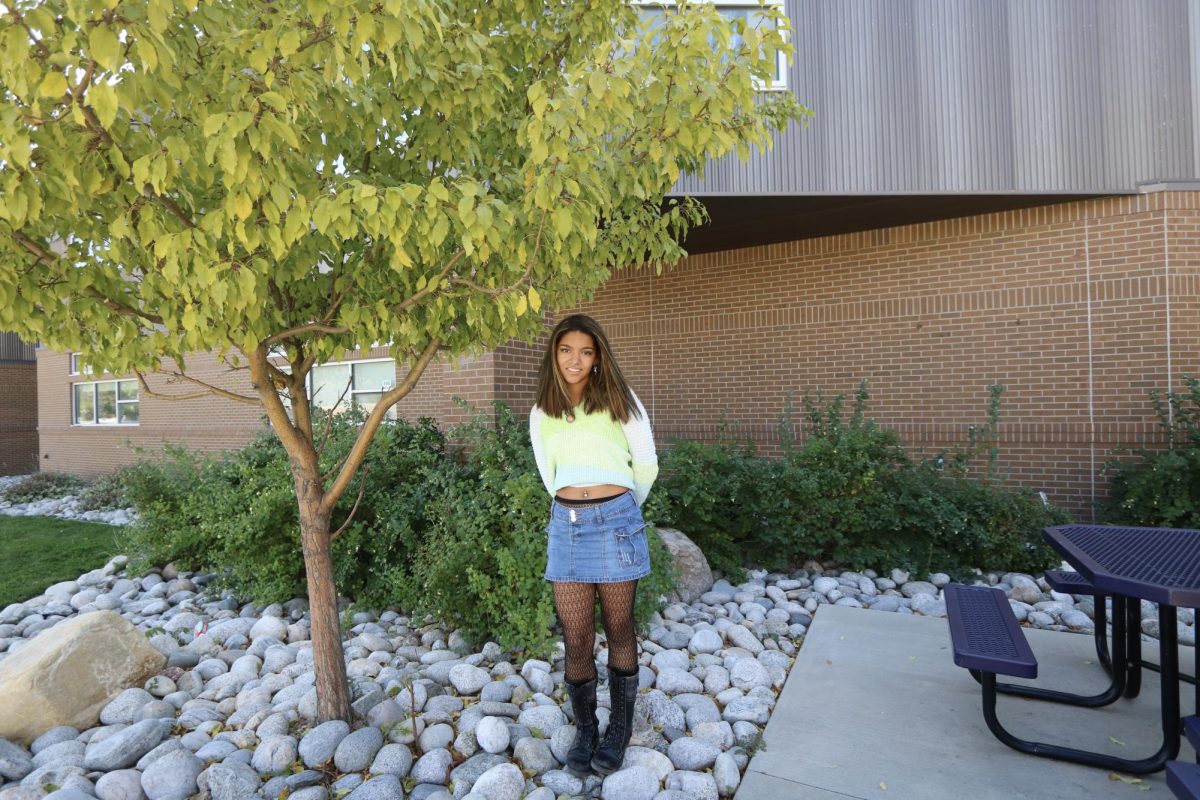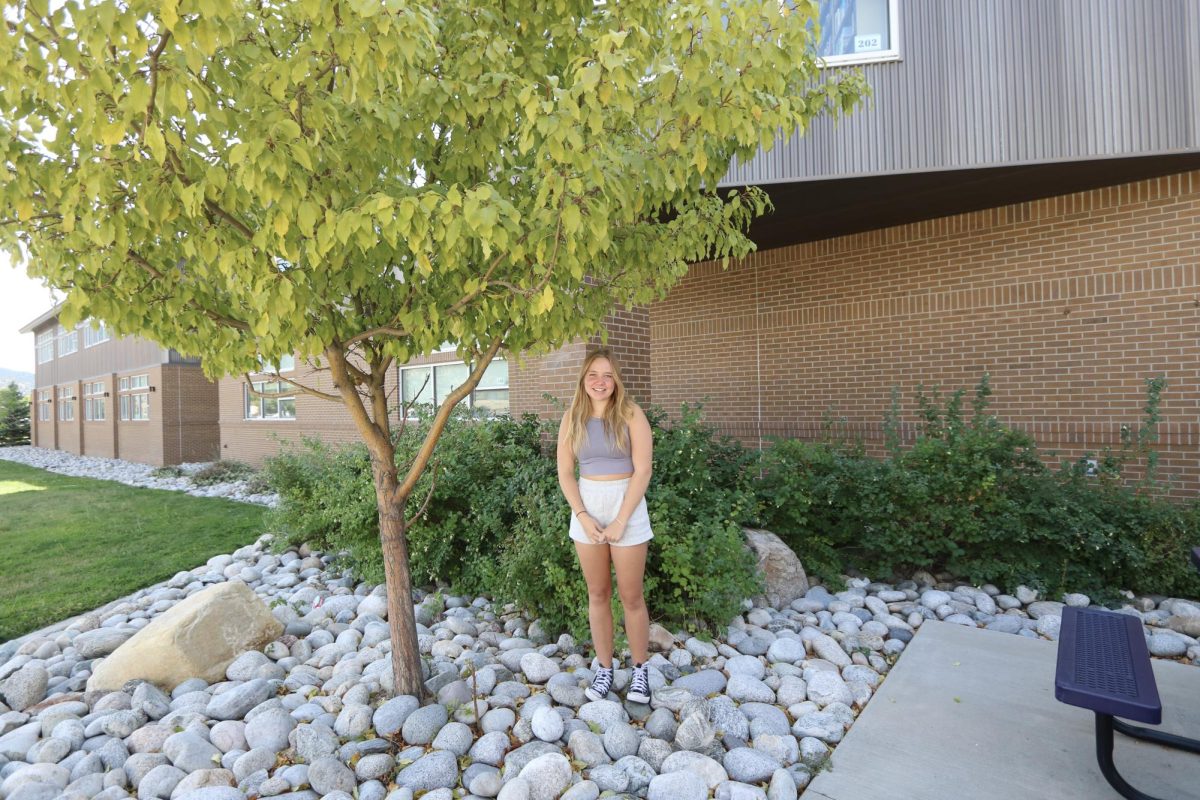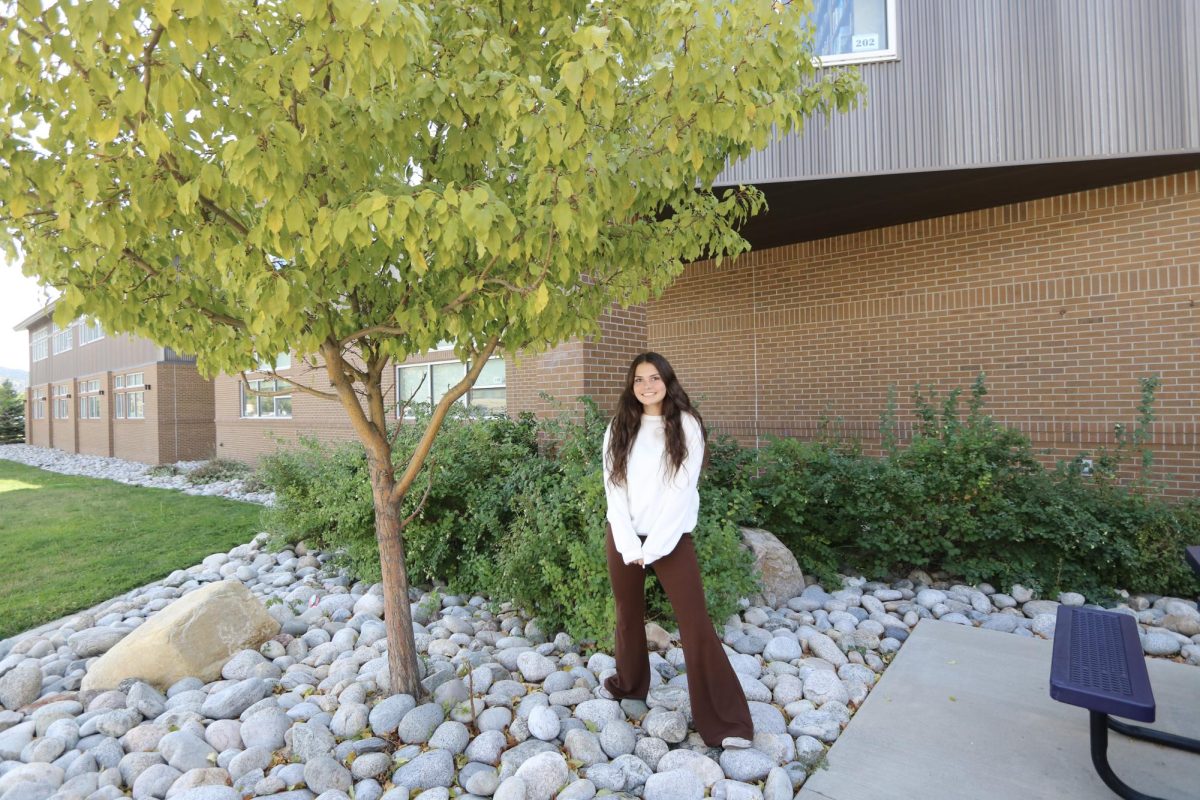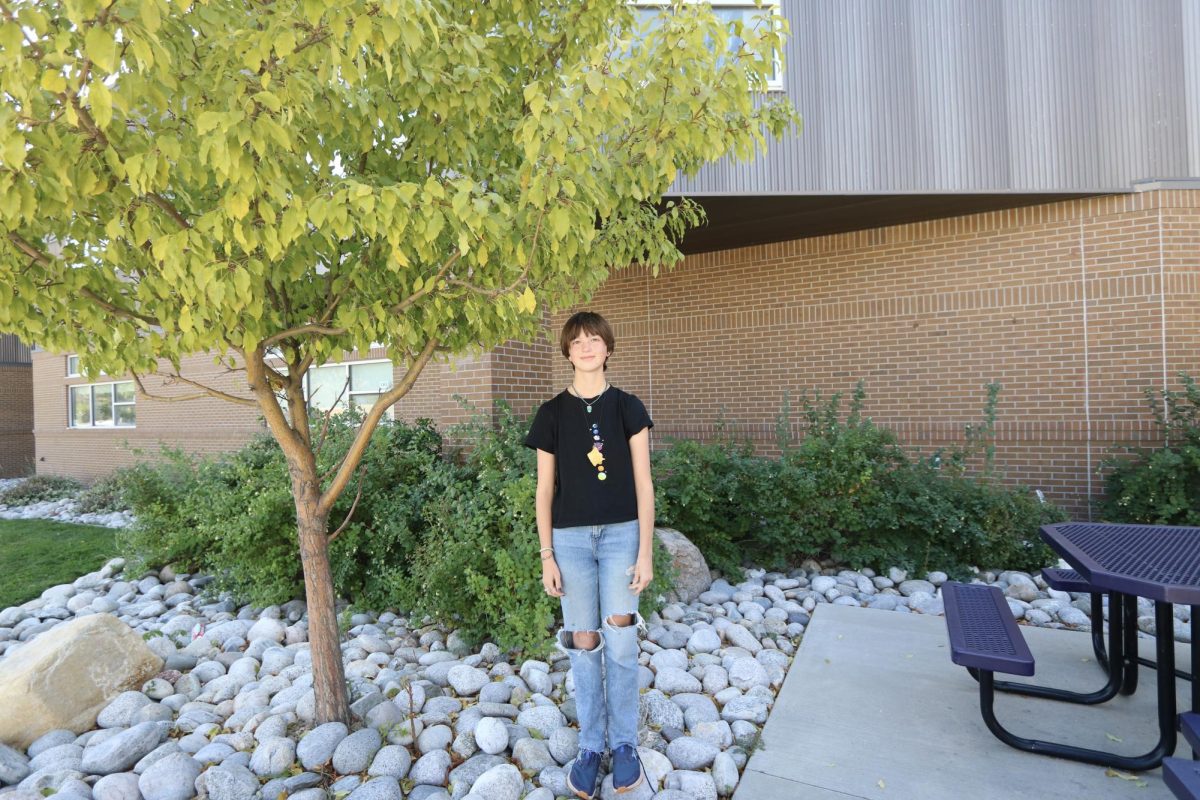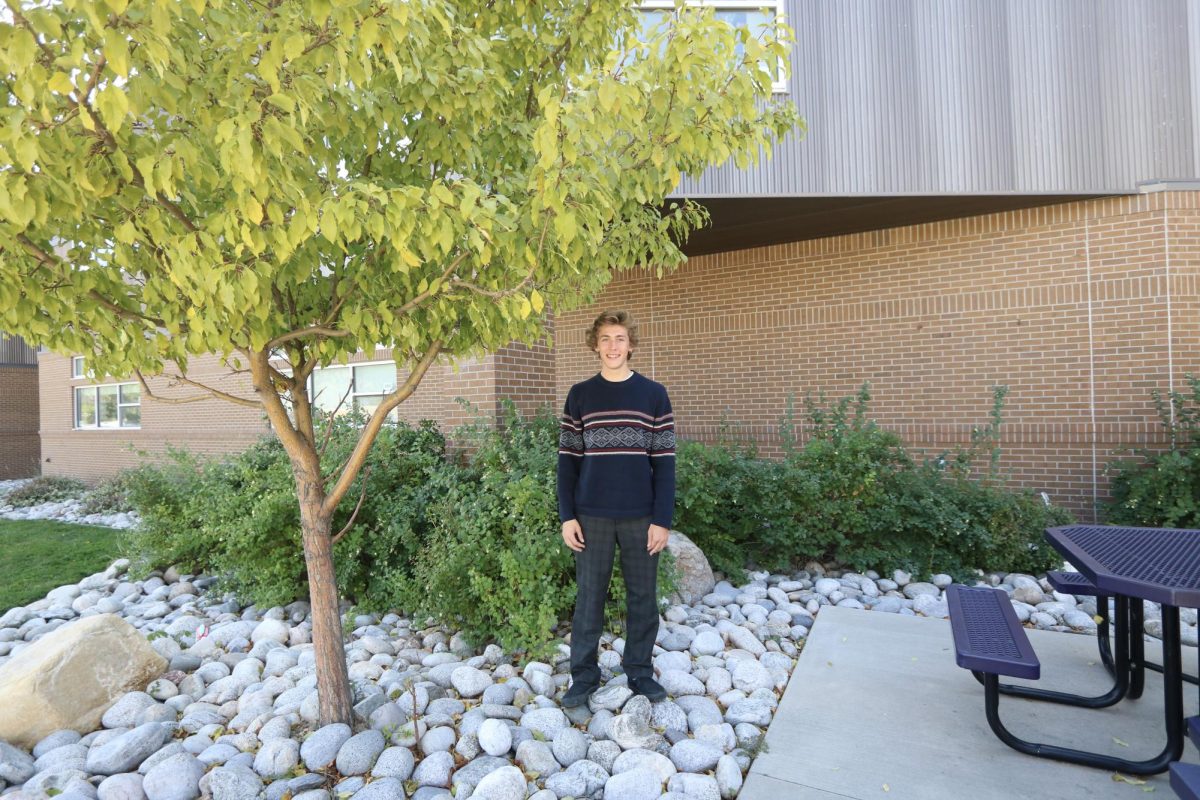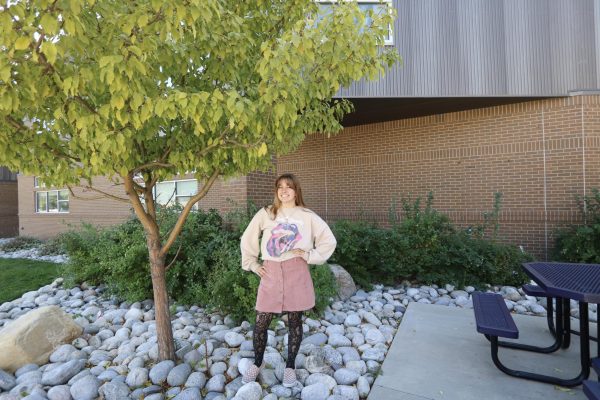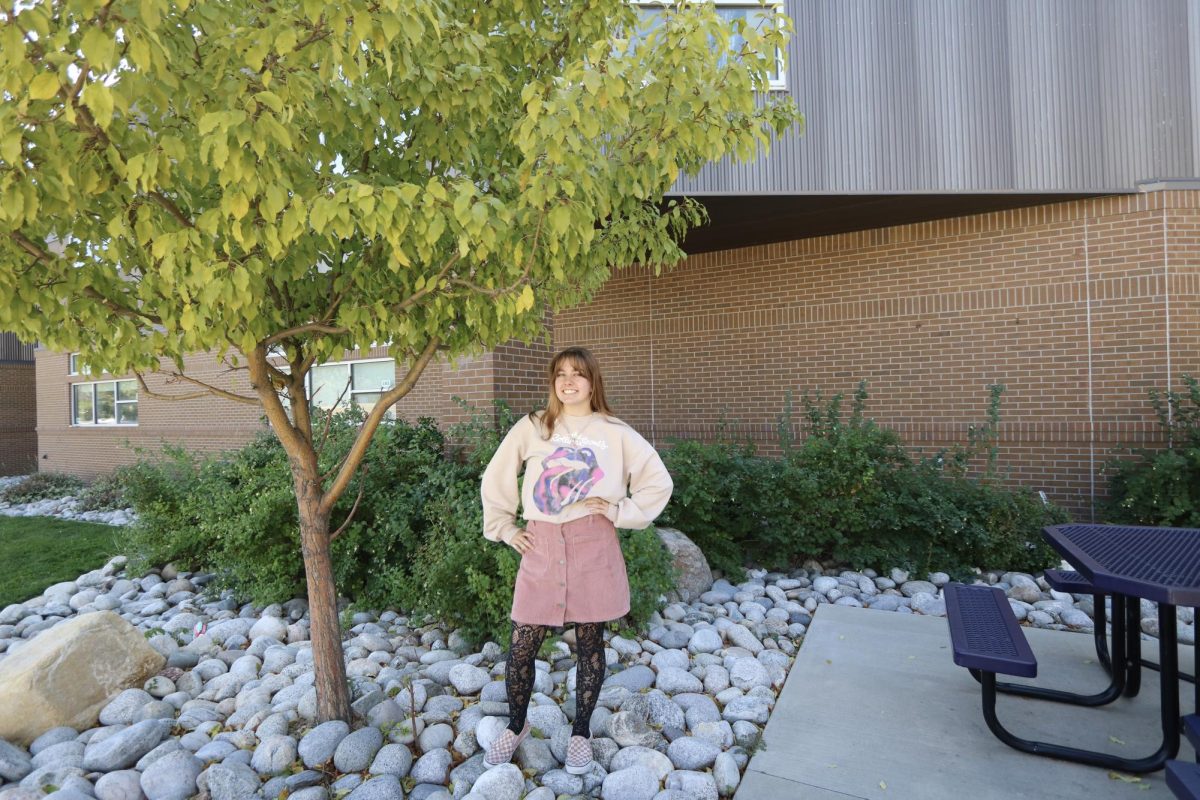
Milk and Honey by Rupi Kaur, a New York times bestseller, is a four chapter poetry book with apt hand drawn illustrations that takes the reader through Kaur’s life journey. The chapters, named “the hurting,” “the loving,” “the breaking” and “the healing,” cover topics ranging from childhood traumas, love (in romantic relationships as well as, and most importantly, self-love), heart break, romanticizing, hurting, growing and womanhood. The poems themselves range from meticulous one-liners to clumped and ranting paragraphs. Kaur does an excellent job of making the reader feel every line and make every instance into a universal perception.
When I had read through it the first time, I was in 8th grade and had very little literary understanding– I just liked the analogies and the pretty pictures. The second time, I was a little older, somewhere in the middle of my freshman year. I remember around that time of year being especially boring for me– not having a lot of emotional conflict to sift through– so I couldn’t relate with the book: I do know I understood it better. When reading the book for about the third time earlier this year, I changed my outlook from enjoying the writing to wanting to understand it better. And I did.
Something I didn’t notice before I opened myself up to analysis was the carefully selected word choice. Poetry is all about feeling. If the author wants to make you sad, they’ll make you sad. If they want you to feel unconditional love, you bet you’ll feel unconditional love. If they want you to feel a seething, uncontrollable anger, you’ll want to punch a hole through a wall or into someone’s face. A poet’s skill is to find the exact right combination of words that, if put any other way would lose its meaning.
One example of Kaur’s canny wordsmanship would be on page 160, in “the healing” chapter. It goes like this: “it takes grace/ to remain kind/ in cruel situations.” This in itself is nothing special– the causal message is to “kill them with kindness.” It is one of the themes in the book and there are several other poems that inherently say the same thing.
What makes this one stand out are only two words. “Grace” and “cruel.” Synonyms for grace include compassion, goodness and love. Why not use any of these words? The definition of grace is “implies a benign attitude and a willingness to grant favors or make concessions” according to Merriam-Webster. Using “grace” is an active choice. It is not something that is morally right, like giving compassion or acting in goodness would be. It is a distinctive decision to do the right thing in light of something cruel. The same goes for that word too– the definition of cruel is to “willfully cause pain and suffering.” The line wouldn’t have the same impact if it said “…to remain kind/ in bitter situations.” Bitter implies that the conditions are induced because of what has happened in the past. “…to remain kind/ in ruthless situations” doesn’t work either because the definition of ruthless is to have “no pity or compassion for others.” Using “grace” and “cruel” gives more meaning to the poem because it tells the reader that the situation is not happening because of a bad environment, or because of societal pressures– it’s directly human error, it is choices being made.
Another theme in the book is femininity. The beginning of the book painfully depicts how the author was sexually abused by an uncle and grew to be silenced and left alone by her father. In “the hurting” chapter, Kaur writes “when my mother opens her mouth…/my father shoves the word hush/ between her lips…/ this is how the women in my family/ learned to live with their mouths closed” and “you were so afraid/ of my voice/ i decided to be/ afraid of it too.” Both are examples of the pain and barriers that Kaur was exposed to at a young age.
Reading this book helped develop my feelings around femininity as a concept. Femininity is not just a certain look or the way someone acts, it’s being supported and supporting the women around you. Femininity is finding strength when you don’t think you can, it is growing in the face of adversity and it is sticking up for others when they can’t stick up for themselves.
In “the healing” chapter, it shows the growth of her voice, confidence and proof of learning when she said “how you love yourself is/ how you teach others/ to love you” and “we all move forward when/ we recognize how resilient/ and striking the women/ around us are.” In between, the chapters of “the loving–” which gave us the first look into building self-love before we can truly appreciate the love of others– and “the breaking–” which told us that no matter how hard others are putting us down, especially when taking women for granted and treating them like no more than playthings, it is ok to feel hurt and it doesn’t make us weak. The progression of the hills she had to climb to be able to eventually change her mindset from living with her mouth closed to total personal development and sisterhood proves that no matter the challenge, being inherently strong is such a powerful feminine trait.
Reading this book gave me comfort that healing means being vulnerable and femininity is more than being delicate and soft, it is being supported and loved by my sisters and finding inner peace with myself. Reading this book gave me the ok to let go– of the things in the past I’m still holding onto, of the fears of being myself and the weakness of doing it all by myself. Reading this gave me hope for a future full of love and a rollercoaster of lessons that I can’t learn unless I experience them myself. Reading this makes me ecstatic for my journey.


